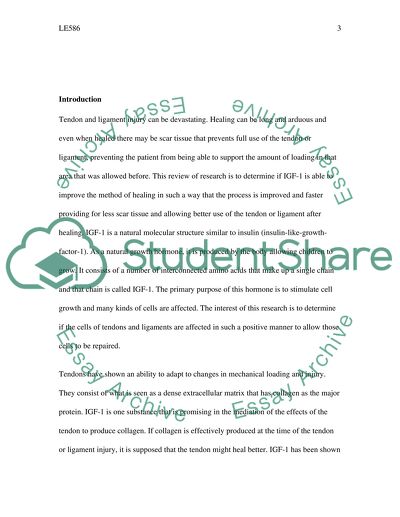Cite this document
(“The Healing Effects on Tendons or Ligaments Essay”, n.d.)
The Healing Effects on Tendons or Ligaments Essay. Retrieved from https://studentshare.org/health-sciences-medicine/1510740-tendon-and-ligament-healing
The Healing Effects on Tendons or Ligaments Essay. Retrieved from https://studentshare.org/health-sciences-medicine/1510740-tendon-and-ligament-healing
(The Healing Effects on Tendons or Ligaments Essay)
The Healing Effects on Tendons or Ligaments Essay. https://studentshare.org/health-sciences-medicine/1510740-tendon-and-ligament-healing.
The Healing Effects on Tendons or Ligaments Essay. https://studentshare.org/health-sciences-medicine/1510740-tendon-and-ligament-healing.
“The Healing Effects on Tendons or Ligaments Essay”, n.d. https://studentshare.org/health-sciences-medicine/1510740-tendon-and-ligament-healing.


